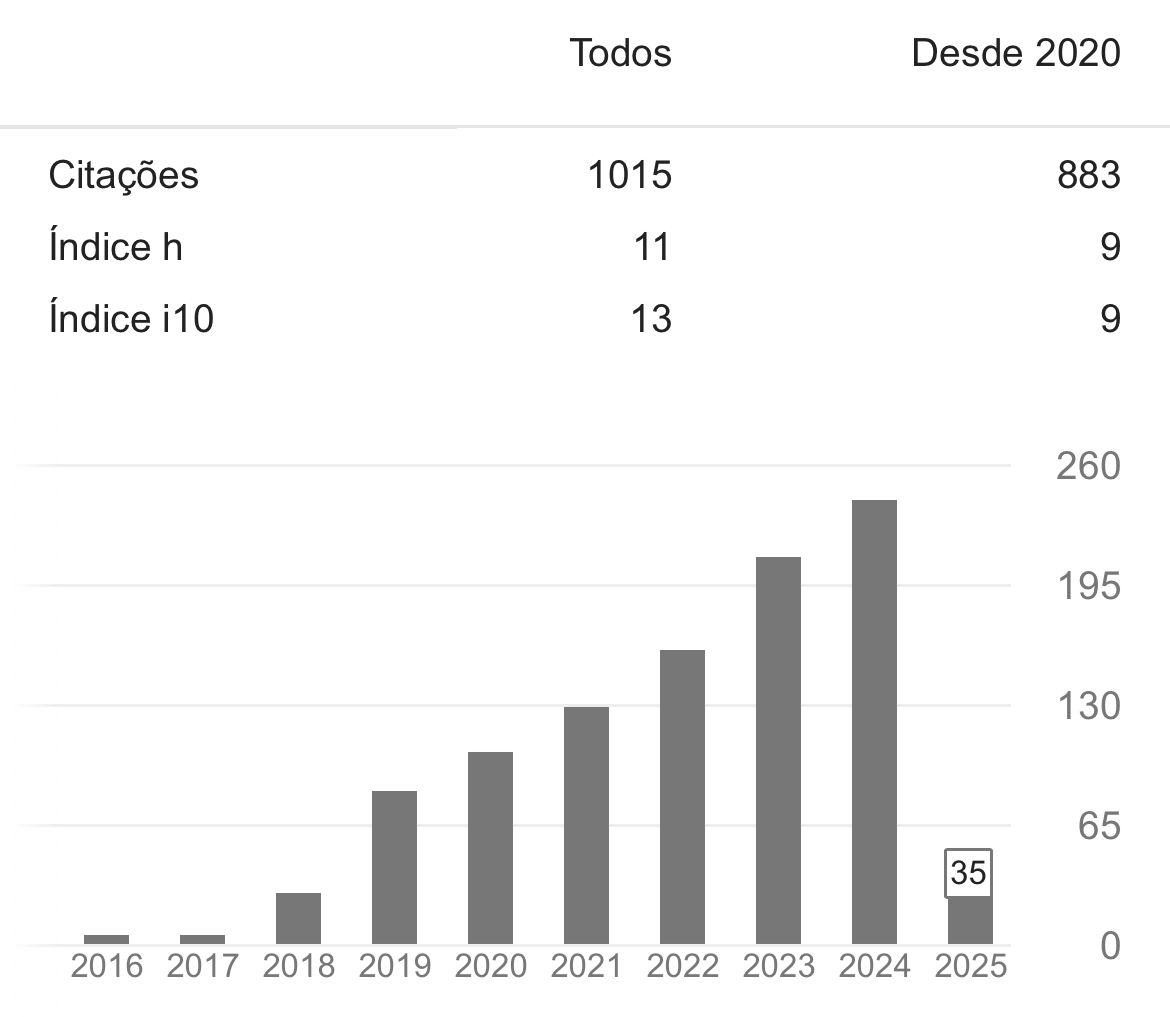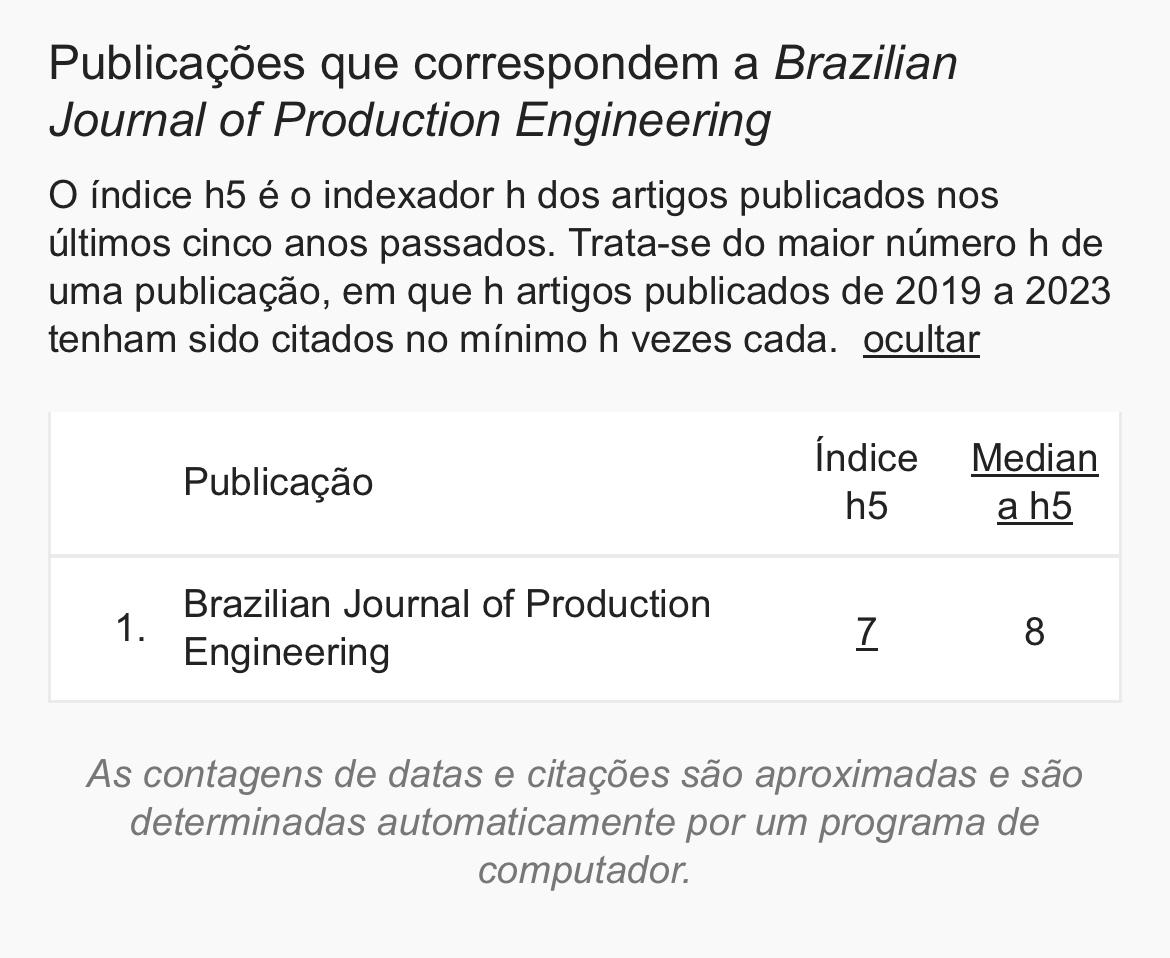STUDY OF CHEMICAL AND PHYSICAL-CHEMICAL PROPERTIES OF DIFFERENT FORMULATIONS OF THE COCKTAIL OF CATUABA WITH AÇAÍ
STUDY OF CHEMICAL AND PHYSICAL-CHEMICAL PROPERTIES OF DIFFERENT FORMULATIONS OF THE COCKTAIL OF CATUABA WITH AÇAÍ
Keywords:
Beverage, Emulsions, Catuçaí, StabilityAbstract
Studying the stability of beverages formed by emulsions is essential to try to predict the quality and safety of the final product according to its formulation, this is due to the fact that the oil concentration, the type and the quantity of surfactants and stabilizers added, and the difference in density between the phases make up some of the variables with the greatest influence on the lifetime of an emulsion. The objective of this research was to evaluate formulations of catuaba with açaí, an alcoholic cocktail based on catuaba and açaí, in order to optimize its homogeneity. Five drink formulations containing xanthan gum and guar gum in varying concentrations (0.00 to 0.10 g / 100mL) were evaluated for kinetic stability, rheology and microstructure. The addition of gums, in general, reduced the average diameter and polydispersity of the formulations when compared to the standard formulation. Formulations 1, 4 and 5, which contained higher concentrations of added xanthan gum, were successful in maintaining the stability of the drink over the 15-day period and demonstrated a lower average drop diameter, lesser drop size distribution and significantly increased viscosity when compared to formulations with higher concentrations of guar gum. Thus, it was possible to verify that the xanthan gum had a greater influence on the stabilization of the drink.Downloads
References
Bobbio, P. A., & Bobbio, F. Q. (1992). Introdução à Química de Alimentos. 2.ed. São Paulo: Varela, 1992a. 223f.
Brasil. (2009). Decreto n° 6871 de 04 de junho de 2009. Regulamenta a lei n° 8.918, de 14 de julho de 1994, que dispõe sobre a padronização, a classificação, o registro, a inspeção, a produção e a fiscalização de bebidas. MAPA - Ministério da Agricultura e abastecimento. Disponível em: www.diariodasleis.com.br/busca/exibelink.php?numlink=211221#art69. Acesso em: 30 de jun 2020.
Brasil. (1997). Portaria nº 540, de 27 de outubro de 1997. Aprova o regulamento técnico: aditivos alimentares: definições, classificação e emprego. Diário Oficial [da] República Federativa do Brasil, Brasília, DF, 28 out. 1997.
Carneiro, H. S. (2005). Pequena enciclopédia da história das drogas e bebidas: histórias e curiosidades sobre as mais variadas drogas e bebidas. Rio de Janeiro: Elsevier.
Carvalho, A. G. S., Silva, V. M., & Hubinger, M. D. (2014). Microencapsulation by spray drying of emulsified green coffee oil with two-layered membranes. Food Research International, 61, 236-245. Recuperado: http://dx.doi.org/10.1016/j.foodres.2013.08.012
Coutinho, V. P.; Júnior, D. B. S.; Santos, N. G. O.; Silva, C.A.S.; Santana, R. D. C. (2018). Efeito da velocidade de homogeneização nas propriedades de emulsões cosméticas. The Journal of Engineering and Exact Sciences, 4(2), 240-245. Recuperado: https://doi.org/10.18540/jcecvl4iss2pp0240-0245
Dickinson, E. (1992). An introduction to food colloids. Oxford: University Press, Chapter 1.
Faria, S.; Petkowicz, C. L. O., Morais, S. A. L., Terrones, M. G. H., Resende, M. M., Franca, F. P., & Cardoso, V. L. (2011). Characterization of xanthan gum produced from sugar cane broth. Carbohydrate Polymers, 86, 469– 476.
Huang, Y., Yu, H., & Xiao, C. (2006). Efects of Ca2+ crosslinking on structure and properties of waterborne polyurethane-carboxymethylated guar gum films. Carbohydrate Polymers, 66(4), 500-513. Recuperado: http://dx.doi.org/10.1016/j.carbpol.2006.04.001
Katzbauer, B. (1998). Properties and applications of xanthan gum. Polymer Degradation and Stability, 59, 81-84.
Kiosseoglou, A., Papalamprou, E., Makri, E., Doxastakis, G., & Kiosseoglou, V. (2003). Functionality of médium molecular weight xanthan gum produced by x. campestris atcc1395 in batch culture. Food Research International, 36, 425-430.
Lagos, J. B., Miguel, O. G., & Duarte, M. R. (2007). Caracteres anatômicos de catuaba (Trichilia catigua A. Juss., Meliaceae). Latin American Journal of Pharmacy, 26(2), 185-190.
Mcclements, D. (2007). Critical Review of Techniques and Methodologies for Characterization of Emulsion Stability. Critical Reviews in Food Science and Nutrition. Boca Raton, Florida: Editora CRC Press.
Mudgil, D.; Barak, S., & Khatkar, B. S. (2014). Guar gum: processing, properties and food applications: a review. Journal of Food Science and Technology, 51(3), 409-418. PMid:24587515. Recuperado: http://dx.doi.org/10.1007/s13197-011-0522-x
Niraula, B., Misran, M., Chun, T., & King, T. (2004). Rheology Properties of glucopyranoside stabilized oil-water emulsions: effect of alkyl chain lenght and bulk concentration of the surfactant. Colloids and Surfaces A: Physicochem. Eng. Aspects, 251, 117-132.
Nussinovitch, A. (1997). Hydrocolloid application – Gum technology in the food and other industries. Londres, Blackie Academic e Professional, p. 155-169, 354 p.
Oliveira, E. G.; Campos, R. S.; Machado, A. S.; Pereira, J. F.; Araújo, T. G. (2015). Avaliação da goma guar no desenvolvimento de comprimidos matriciais de liberação controlada de teofilina. Polímeros, 25, 54-58. Recuperado: http://dx.doi.org/10.1590/0104-1428.1756
Oliveira, E. N. A., & Santos, D. C. (2011). Processamento e avaliação da qualidade de licor de açaí (Euterpe oleracea Mart.). Revista do Instituto Adolfo Lutz, 70(4), 534-541.
Rosalam, S.; England, R. (2006). Review of xanthan gum production from unmodified starches by Xanthomonas campestris sp. Enzyme and Microbial Technology, 39(2), 197-207.
Souza, J. L. L. (2009). Hidrocolóides nas características físico-químicas e sensoriais do néctar de pêssego [Prunuspersica(L) Batsch]. Dissertação de Mestrado em Ciência e Tecnologia Industrial, Universidade Federal de Pelotas, Rio Grande do Sul. 95 f.
Toneli, J. T. C. L., Murr, F. E. X., & Park K. J. (2005). Estudo da reologia de polissacarídeos utilizados na industria de alimentos. Revista Brasileira de Produtos Agroindustriais, 7(2), 181-204.
Urlacher, B., & Dalbe, B. (1992). Xanthan gum. In: A. Imeson (ed.), Thinckening and Gelling Agents for foods. Londres, Blackie Academ α Professional, p. 206-226.
Wenzel, M. (2016). Noções de Coquetelaria Internacional. Recuperado: https://www.ufjf.br/rumos/files/2012/04/Apostila.pdf
Weber, F. H. (2005). Interações físico-químicas entre amidos de milho e hidrocolóides (gomas guar e xantana) e seus efeitos nas propriedades funcionais. 135p. Tese (Doutorado em Tecnologia de Alimentos) – Faculdade de Engenharia de Alimentos, Universidade Estadual de Campinas, Campinas.
Whistler; J. N., & Bemiller, R. L. (1993). Xathan, gellan, wellan, e rhamsan. In: Kang, K.S.; Pettit, D.J., Industrial gums – Polysacharides and their derivatives. New York, Academic Press, p. 342-371.
Downloads
Published
How to Cite
Issue
Section
License
Copyright (c) 2020 Brazilian Journal of Production Engineering - BJPE

This work is licensed under a Creative Commons Attribution-NonCommercial-ShareAlike 4.0 International License.

















































































